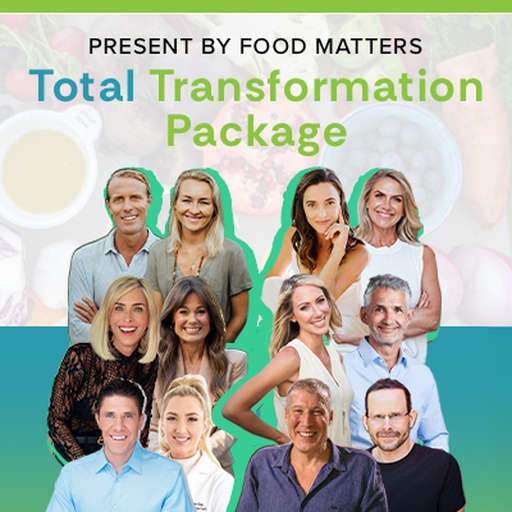The Shocking Truth About Dry Shampoo! Plus, DIY Recipes!
We get it. When you’re mid-week and your hair needs washing but life is just getting a little too full to dedicate time washing your locks. Plus, as a Mom, it’s rare to have that time alone so a quick hair wash or dry shampoo can be a convenient fix!
Dry shampoo is effective as it works to mask the oil build up voila clean hair! However much like most commercial shampoo and conditioner available in your average supermarket, when you use these products are you expose to a long list of toxic ingredients, such as sulfates, parabens, artificial fragrance, polyethylene glycol and more.
Next time you reach for the dry shampoo, flip that bottle over and take a look at the list of ingredients in that baby. Here are some of the facts that won’t be listed on your bottle of convenience:
Talc
Used for absorbing excess oil from hair. Talc is made up of minerals magnesium, silicon, and oxygen. Sounds safe enough? Although these are sound natural, talc in its natural form, also contains asbestos. A well-known carcinogen. While most talcs have been promoted as asbestos free since the 1970’s, it is still very unknown what health effects can come from talc powders which are widely used throughout the cosmetic industry.
Butane, Propane, Isobutane
Maybe you've heard about LPG? As in the gas what is blended with butane, propane and other hydrocarbons. A component of petrol, fuel for cigarette lights and common in aerosol products. But what exactly are these compounds doing to our health?
The European Union label this as a known human carcinogen after doing extensive testing. And while these ingredients are required due to no water content to achieve that even distribution throughout your hair, they are also affecting your internal organs as you inhale these substances.
Cetrimonium Chloride
You know those days where no-matter what you do your hair is static and stands on end? Queue Cetrimonium Chloride! Added to dry shampoo to combat this and keep us ladies happy, but this toxic dry shampoo ingredient has been classified by the AFH Library as toxic, irritating and allergenic, not to mention lethal if orally ingested. It seems the US is playing catching up in the world of cosmetics regulations, the EU Cosmetics Directive only allows a maximum concentration of .1% to be used.
Polyethylene Glycol
Also known and listed as "PEG," this petroleum-based compound is commonly used to create a desired texture of hair care products. The state of California has classified polyethylene glycol as a developmental toxicant that has the potential to interfere with natural human development. Some PEGs have also been contaminated with 1,4-dioxane, a carcinogenic compound which is known to cause organ toxicity and has been linked to cancer.
Alcohol
Alcohol plays a role in your dry shampoo to draw moisture and oil away from the scalp. Alcohol can be extremely drying to our delicate strands and head, absorbing natural oils that are needed for a healthy scalp. Excessive use of dry shampoos that contain alcohol can lead to long-term hair and scalp damage.
Artificial Fragrance
Synthetic fragrances are bad news. If the fragrances in your shampoo come from an organic, natural source such as essential oils, it will be indicated on the packaging. If the only reference to fragrances on the label is the word “fragrance,” then you need to put that nasty bottle back on the shelf.
The term “fragrance” in the U.S. allows manufacturers to omit any reference to the list of ingredients that they used to create the fragrance. So really, if “fragrance” is listed on a label, there’s no telling what the product contains. There are over 3,100 chemicals used by the fragrance industry to formulate these suspiciously delicious aromas, and most of them are not very human-friendly.
Luckily, your pantry probably has the ingredients you need to make your own natural dry shampoo at home! It’s cheaper, it’s easy and it’s a whole lot safer than the toxic store-bought versions.
- Cornstarch
- Unsweetened cocoa powder
For blondes, simply use just the cornstarch. If you have brown or red hair, I recommend adding a teaspoon at a time of unsweetened cocoa powder until you get a shade that matches your hair color.
Non-Toxic Dry Shampoo
INGREDIENTS
- 1/2 cup cornstarch
- Unsweetened cocoa powder (optional for Brunettes)
INSTRUCTIONS
- For blonde hair, simply sprinkle through your roots and hair and brush it through, removing any excess.
- For brown or red hair, add a teaspoon of unsweetened cocoa powder and blend. Keep adding more until you get a shade that matches your hair color.
- Once blended, store in an airtight container and apply using a brush or simply sprinkle on your roots whenever you need a quick refresh.
Do you have a passion for nutrition & natural healing?. Learn more about the Food Matters Nutrition Certification Program here.










